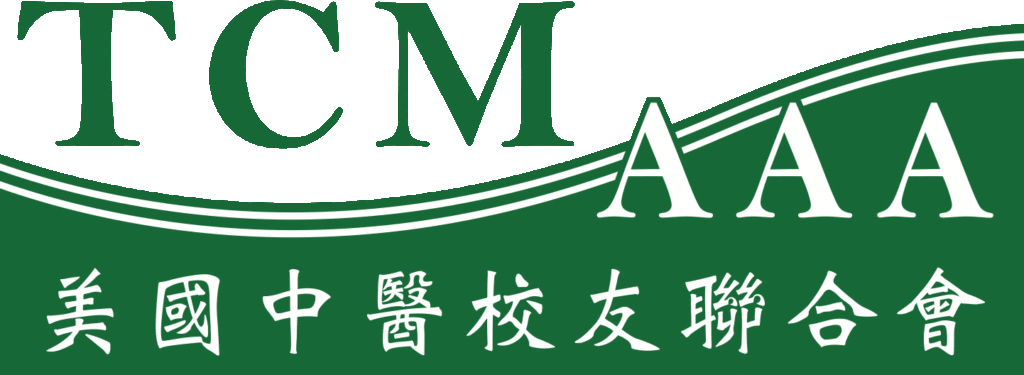Constitution and organizational structure
I. TCMAAA Board
1. Board members:
TCMAAA adopts a collective membership system, and each member unit selects a representative to form the council.
2. Structure of the Board
1) The TCMAAA board has a standing board and council
(1) The first standing board is chaired by Tian Haihe (Beijing), Xiao Suhong (Hunan), Wen Jipu (Hubei), Liu Wei (Tianjin), He The representatives of Chong (Nanjing), Jin Ming (Shanghai) and He Deguang (Anhui) assumed the positions of vice chairmen. Wei Hui, as the CEO of the executive agency, entered the executive board. Chen De became a standing director and concurrently secretary general. The executive directors are responsible for the main administrative management guidance.
(2) Board of Governors: The representatives of each institution are directors (one for each institution), and they also need to be responsible for certain administrative tasks.
2) Term of office: In order to lay the foundation for the initial stage and carry out the work, the first term of the Executive Council is four years. After the election, you can apply for re-election, but not more than two terms, and each term will be two years.
3) Exchange of executive directors: If for any reason or I am not qualified for the job, I can apply for it one month in advance to elect a vacancy from the board of directors.
3. Representative qualifications:
In principle, this council is composed of the alumni association president or the representative designated by the president of each institution, but some institutions have not yet established a formal alumni association, which can be temporary representatives. The chairman, or a new representative appointed by the chairman, can be exchanged in order to represent the voices of the institutions as much as possible. If a school re-elects a new representative, the current representative is requested to inform the standing council in a timely manner and to do a good job in the transfer.
4. Voting rights:
When there is a need to vote on a resolution, each school has an equal right to vote, and more than half of the votes are passed as a resolution. (However, the Standing Council has the final decision).
II. TCMAAA Supervisory Board and Asset Management Committee
TCMAAA establishes Supervisory Board and Treasury Committee
1. Supervisory Board: The TCMAAA Supervisory Board consists of 3-5 highly respected TCMAAA personnel. The members of the Supervisory Board are invited by the TCMAAA Board. The responsibility of the Supervisory Board is to guide and supervise TCMAAA, and to review and arbitrate against important bills submitted by the TCMAAA Executive Board. I’m looking forward to it.
2. Treasury Committee: TCMAAA invites a number of (without quota) prestigious acupuncturists in the acupuncture session in the United States, or the presidents or former presidents of local societies, guilds, and presidents of Chinese medicine hospitals. The responsibility is to give guidance and grasp the direction of the purpose and activities of TCMAAA and make recommendations. The number of places is unlimited.
III. TCMAAA administrative agency:
TCMAAA executive department set up positions of CEO (CEO), Secretariat, Minister, etc.

1. Chief Executive Officer (CEO): Wei Hui is responsible for overall planning, project supervision, implementation of executive board resolutions and reporting. Secretariat: Assist the CEO in daily affairs and internal and external coordination. Legal Advisor: Ma Xiaohong
2. Minister of Finance and Cashier
3. Director of Website Propaganda Department
4. Financial Audit Department
5. Donation Minister of Commerce
6. Minister of WeChat Communication Department
7. Academic Committee
8. Minister of Group Regulation and Member Development
9. Minister of Clinical Research
10. Minister of Legal Planning
IV. The Person In Charge
(Responsible for the implementation of specific projects under the leadership of the CEO)
1.Book writing
High-level books such as continuing education for licensed acupuncturists, doctoral books.
2. Periodical publishing
Magazine or internal publication
3. Academic conference
Annual meeting or expert lecture
4. Expert Lecturer Group
Organize high-level expert national tour lecture training.
5. Offline activities
Organize a party etc.
According to actual needs, other projects can be set up.
